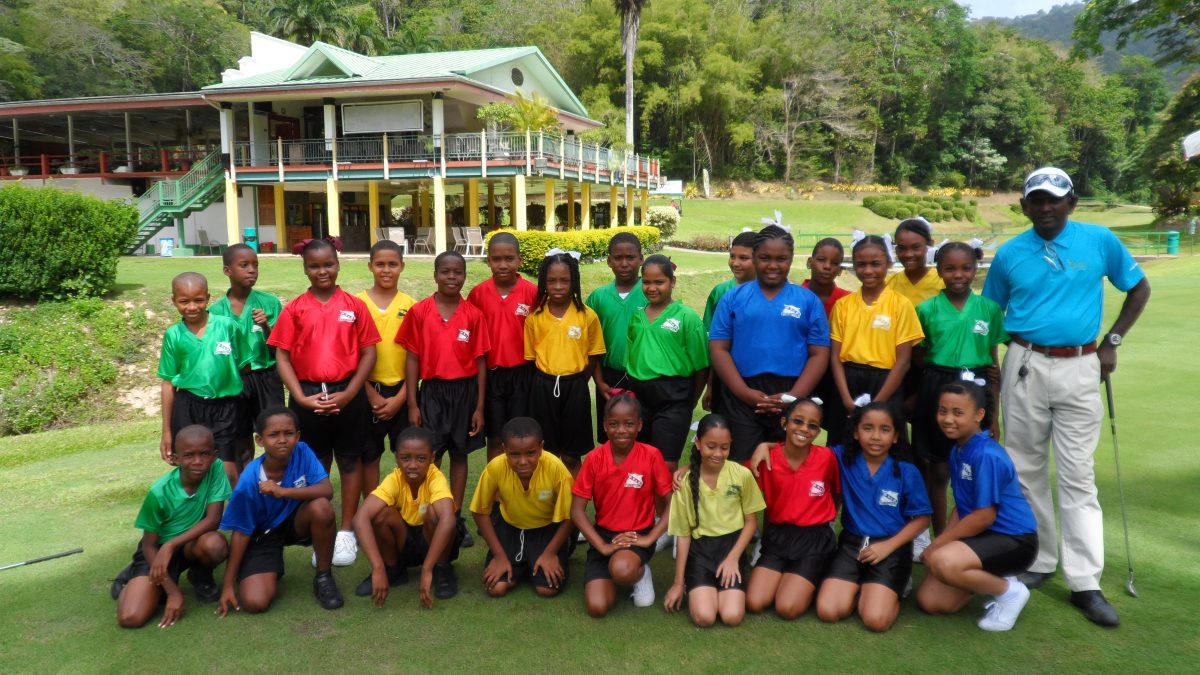Editorial
THE MARKET DEMANDS NEW STRATEGIES FOR OBTAINING INSTRUCTOR POSITIONS
Student Assessment: Key Ingredient In The Golf Teaching Recipe
THE POWER OF POSITIVE
HANDLING TOURNAMENT PRESSURE
MANAGING EXPECTATIONS
THE GOLF INSTRUCTOR
STRAIGHT FROM THE HEART
 Anthony Benny poses with the Class of 2013-2014 from Maraval RC School on the chipping green of St. Andrews Golf Club.
Anthony Benny poses with the Class of 2013-2014 from Maraval RC School on the chipping green of St. Andrews Golf Club.


